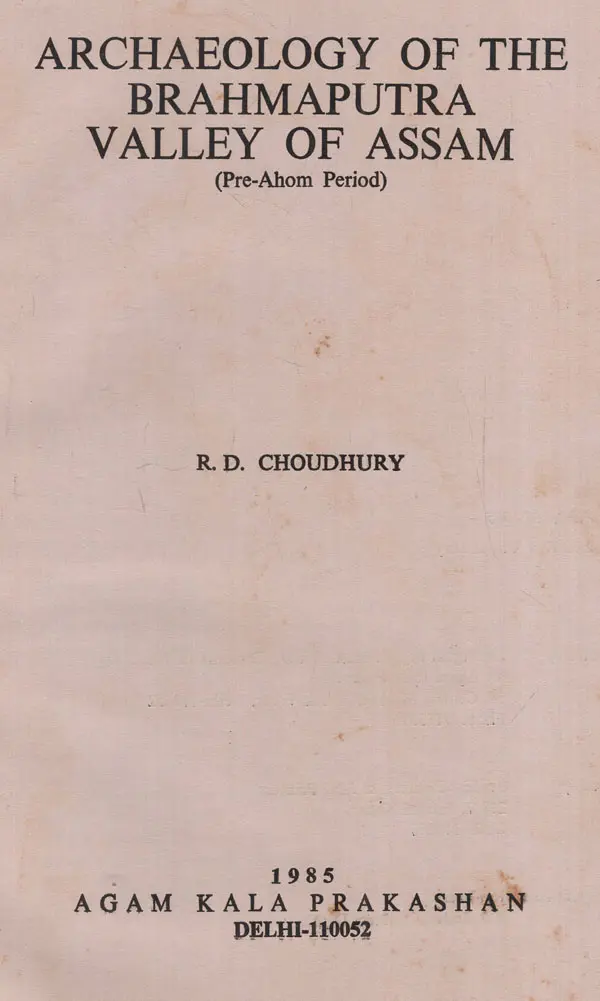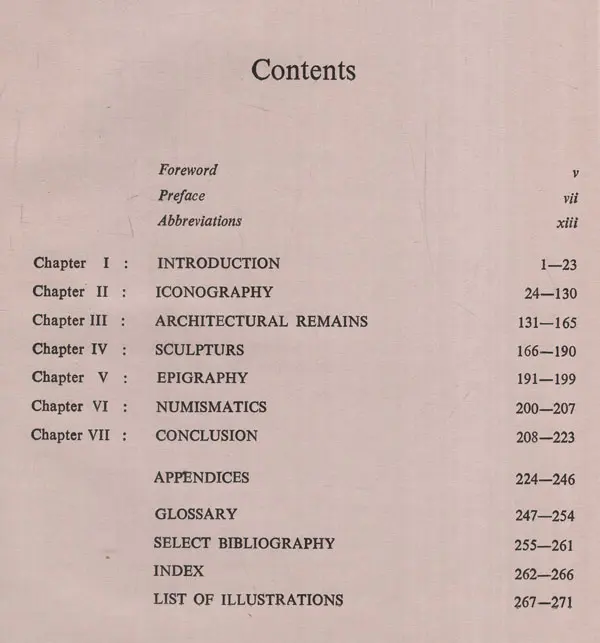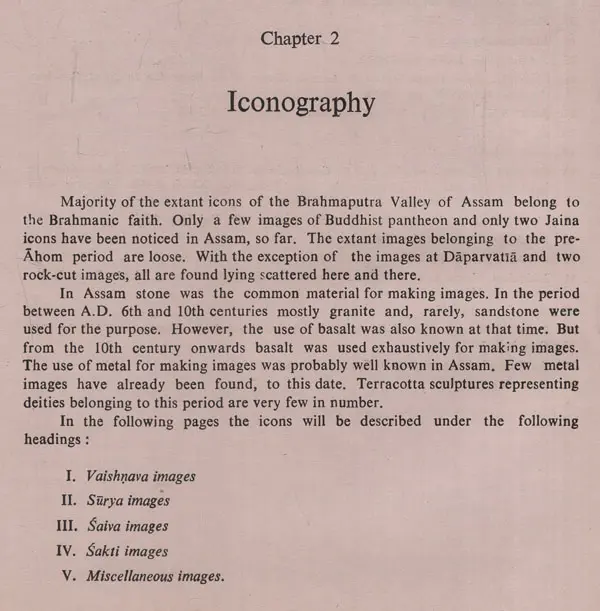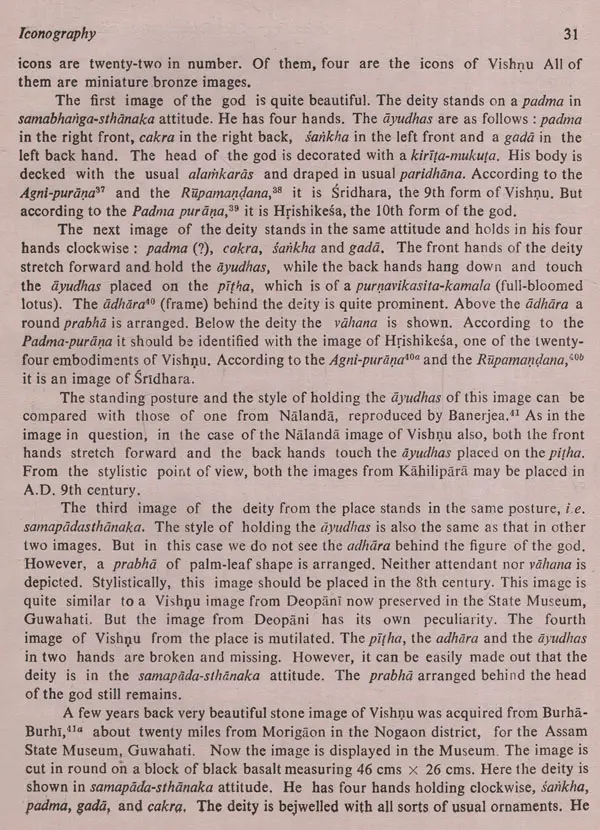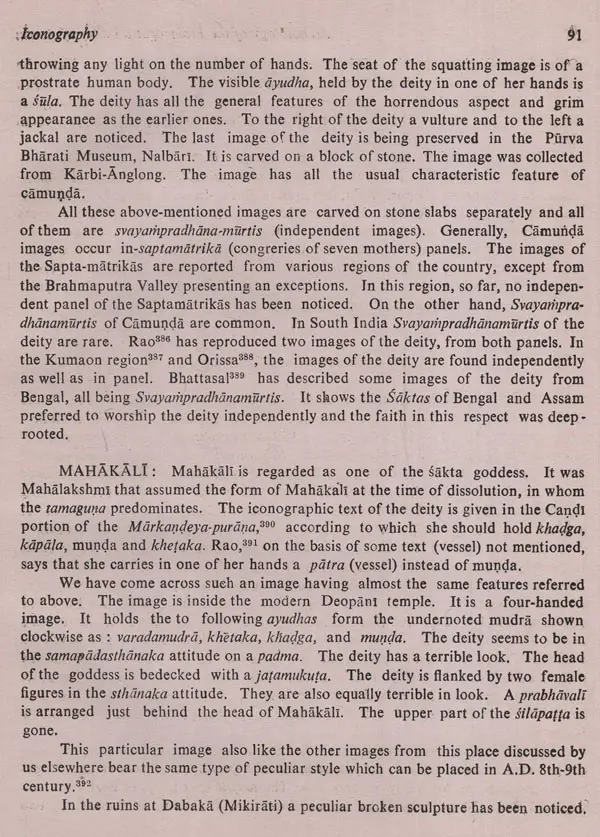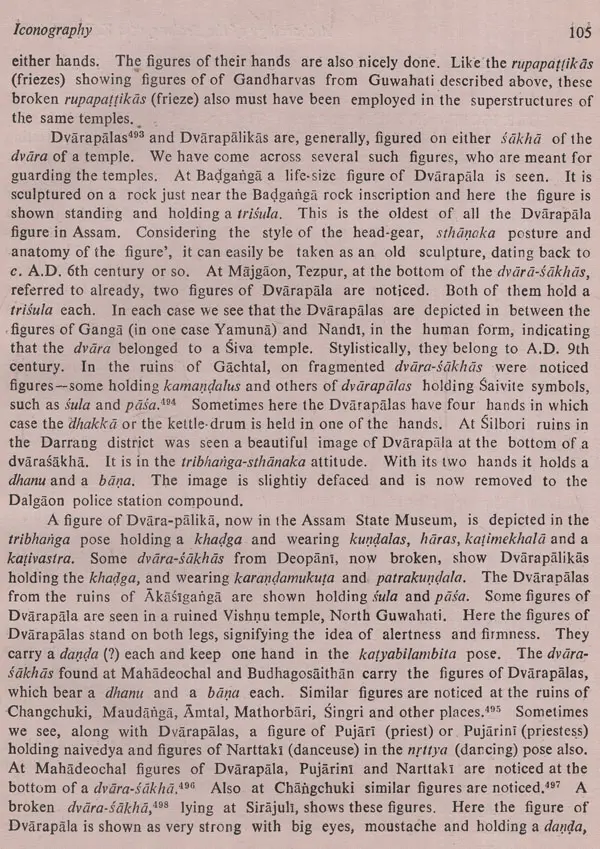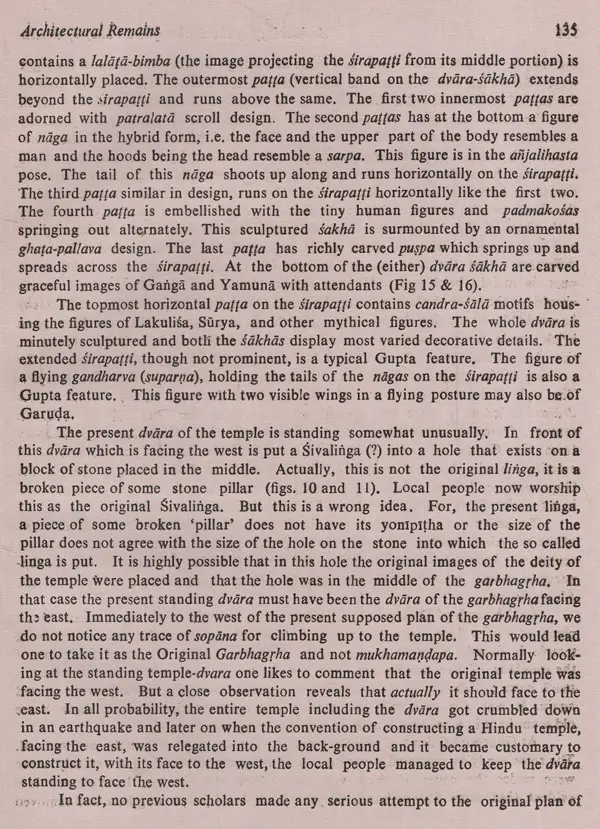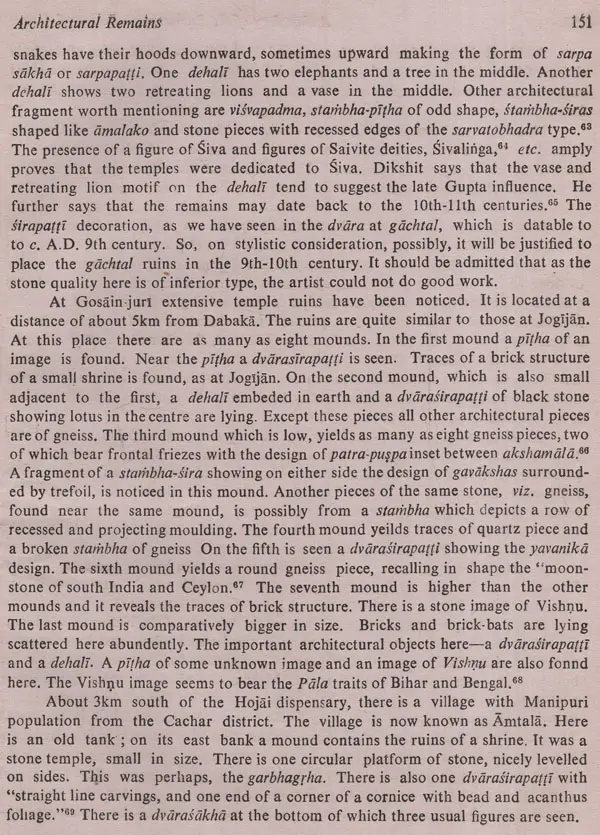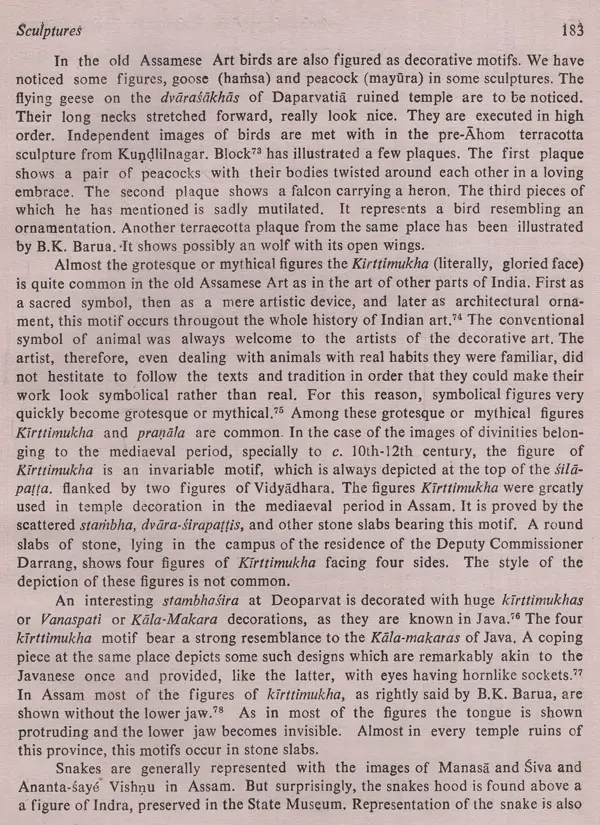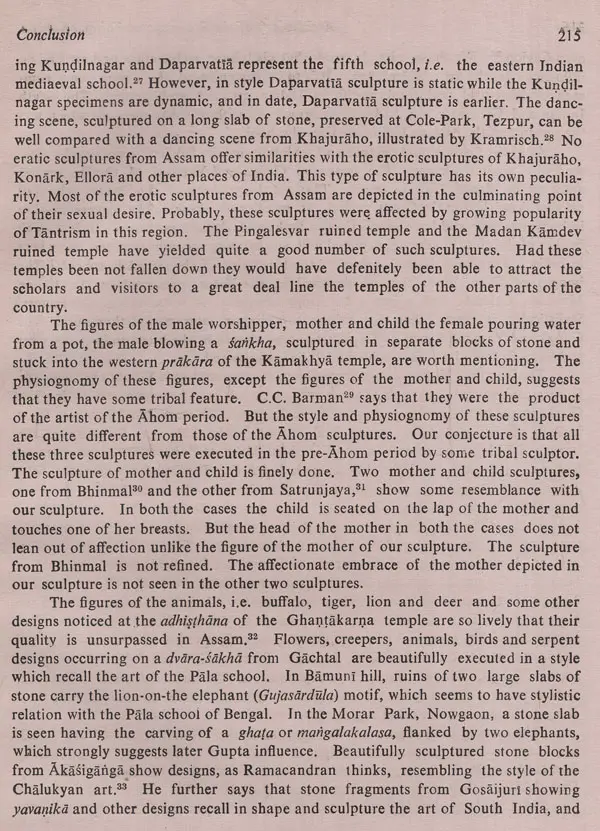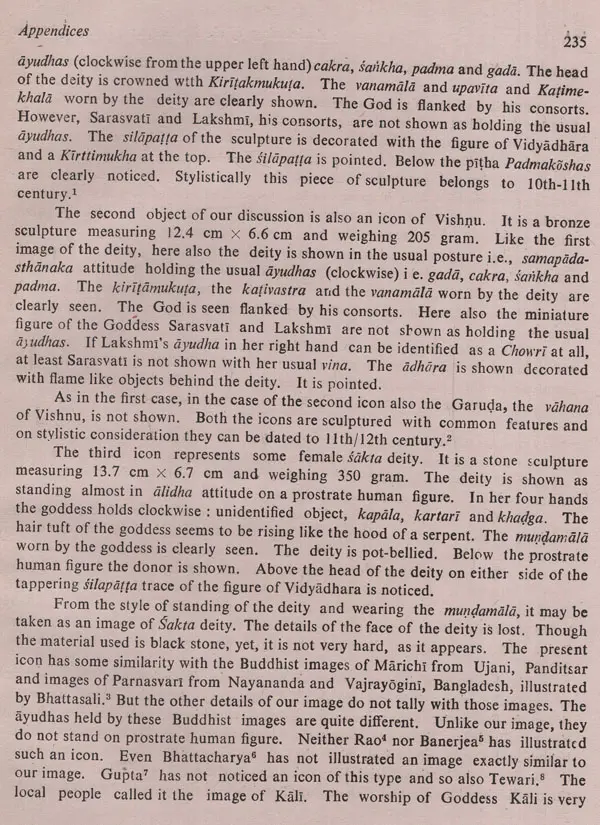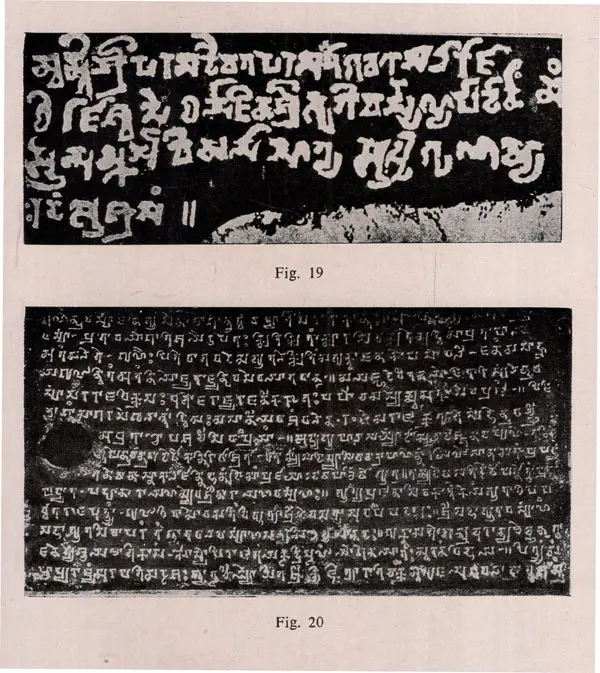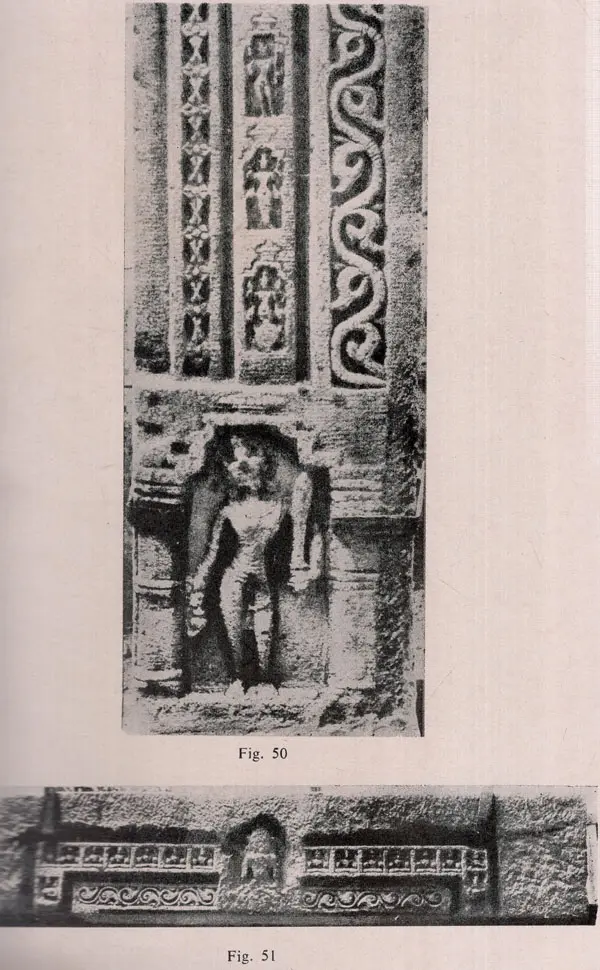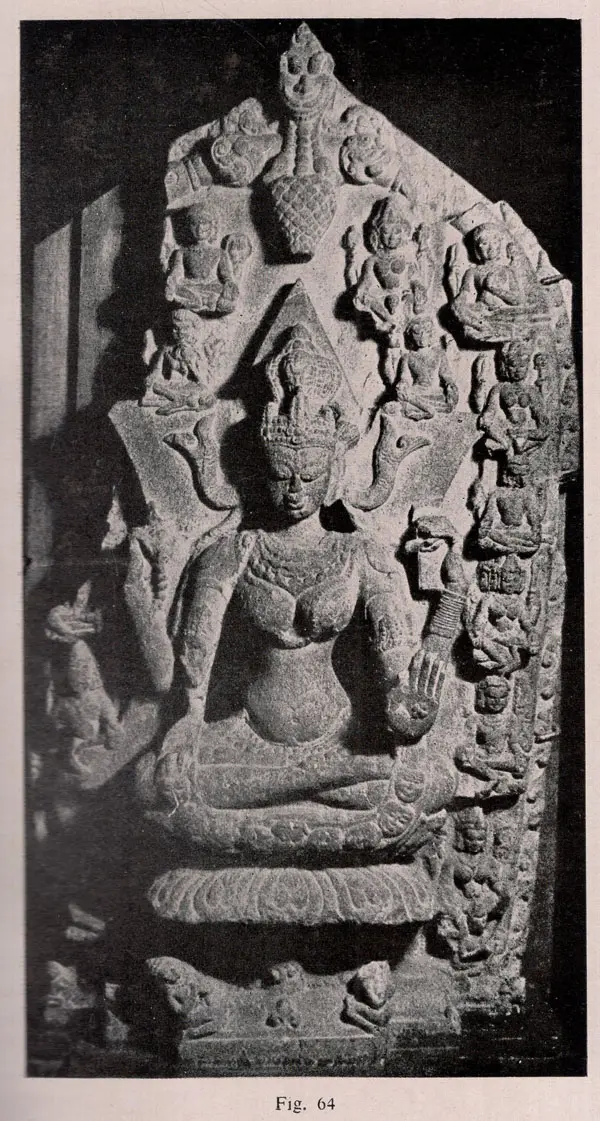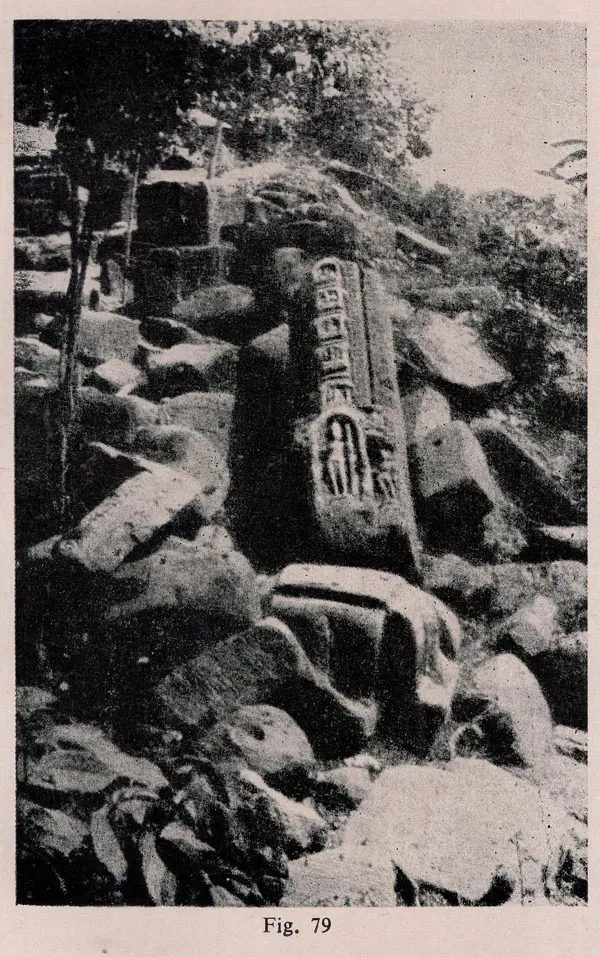
Archaeology of the Brahmaputra Valley of Assam- Pre Ahom Period (An Old & Rare Book)
Book Specification
| Item Code: | UAQ060 |
| Author: | R. D. Choudhury |
| Publisher: | Agam Kala Prakashan, Delhi |
| Language: | English |
| Edition: | 1985 |
| Pages: | 330 |
| Cover: | HARDCOVER |
| Other Details | 9.80 X 7.50 inch |
| Weight | 800 gm |
Book Description
The Present Work Consists of the following chapters. Introduction, Historical back ground, Cultural back ground, Icons, Sculptures, Inscriptions, Numismatics and Conclusion. By organising seminars and conferences on behalf of the Directorate of Museums he has also been able to attract the attention of the archaeologists from various parts of the country towards the archaeological wealth of the State. Thus, the present study is a work of his personal research based on field study, museum study and other relevant published materials. The book, it is expected, will be able to help the scholars from outside Assam to have a fair idea about the archaeological wealth of the Pre-Ahom period and inspire young scholars to dofurther work in the field of archaeology in this region.
Choudhury joined the Assam State Museum in the Directorate of Archaeology & Museum Assam on the 14th July, 1970. He obtained in a Diploma from the national Museum in Museology. He was promoted to the post of Curator of the Assam State Museum and was subsequently promoted to the Post of Director, of Museums, Assam in 1983 after the creation of anew post of a Director of Museums, Assam.
Choudhury attended the Annual conference International Committee of Muleums held in London in 1983, He attended a lot of Conference & seminar in India. He has published a number of articles in Assamese. He has also published several research papers in English. He is the joint secretary of the Kamzupa Anusandhan Samity, (Assam Research Society) and Secretory, (for Historical Archaeology) of the Indian Archaeological Society He is at present working for a few monographs and some other research projects. He has a dynamic personality and a progressives out look. He is a true cover of Indian classical music and dance and he plays tabla as his hobby.
The two great epics, the Kaliks Pucina, several classical Sanskrit works and inscriptions refer to the land of Kamarina and to Praglyotishpurs. The literary accounts and the rich plethora of legends have immortalised this land as a part of paradise par excellence.
The valley of the Brahmaputra and the Barak valley have furnished a valuable source material for the history of the land. This evidence, along with the testimony of the Chinese and other sources, has been of immense use. It has proved that the Indian culture developed in this part of the country since the proto-historic times. Welcome light has also been thrown on the inter-relations between the greater Assam and the regions of Bengal, Nepal and China.
So far only a few ancient sites in Assam have been excavated. The archaeological exploration work, conducted till now, is not adequate. With the recent opening of the new circle of the north-eastern India by the Archaeological Survey of India, it is hoped that the work will progress in the area in the right earnest.
The present work of Dr. R.D. Choudhury entitled "Archaeology of the Brahmaputra Valley of Assam (Pre-Abom period) is a welcome addition to the previous studies concerning this area. Dr. Choudhury has utilized in this work the material obtained from his own survey work and also the evidence from other relevant sources. He has tried to make the publication up-to-date, which I hope will be utilized by future workers with profit.
With a view to unveiling the potentiality of the early History of Assam, through the Kamarupa Anusandhan Samity (the Assam Research Society), established in 1912, which gave birth to a journal, K.L. Barua carried on research which enabled him to write The early history of Kamarüpa in 1933. The second edition of the book was published in 1966. Afterwards B.K. Barua wrote A Cultural History of Assam of which only the first part could be published. P.C. Choudhury went a step further with his research activities and contributed The History of Civilization of the people of Assam from the earliest perlod to the 12th century A.D. Published in 1959, this book is comprehensive and deals with both the political and cultural aspects. The second edition of the book was published in 1966. Though many a scholar contributed valuable papers on the pre-historic culture of Assam, yet till 1950, nobody had published the results of the research in this subject in the form of a book. For the first time, A.H. Dani included it in his Pre-history and Proto-history of Eastern India, published in 1960. T.C. Sarma con ducted an extensive study on the neolithic culture of Assam and the result of his research on this topic were submitted to the University of London in the form of a doctoral thesis in 196%. His work is undoubtedly of a pioneering nature. But it is yet to be published. He was followed by H.C. Sarma, D.K. Medhi and a few other scholars. In the field of historical archaeology of Assam, so far no scholar carried out any research work applying modern methods till the time of taking up present study in 1966. As early as 1931, P.N. Bhattacharya edited the Kamarupa Sasanavali in Bengali, which deals with some of the inscriptions of Assam. R.M. Nath published his Background of Assamese culture in 1948: In this book some sculptures of the early mediaeval period have been illustrated. But the book is not at all based on adequate research. B.K. Barua accommodated a small chapter, on fine arts in his work, while P.C. Choudhury has dealt with the archaeological remains of the State briefly in section V of chapter VI of his book. Both these scholars, so far as the archaeological sections are concerned, relied more on the published data. Moreover, their main objects were to study the cultural history and political history and not to make an extensive study on archaeology.
With a view to conducting a research on some problem of the archaeology of Assam, I approached Professor H.D. Sankalia, the then Head of the Department of Archaeology, Deccan College, Post-Graduate and Research Institute, Pune, in 1966. He readily agreed to help and guide me. At his advice, I consulted at the beginning of my research various articles, papers, books, etc. pertaining to the history, culture, religion and archaeology of Assam. Thus, examining all these past records of researches in Assam, I thought that it might be possible to work on the problem of historical archaeology of Assam and when I reported to Professor Sankalia, he suggested me the present problem.
**Contents and Sample Pages**
